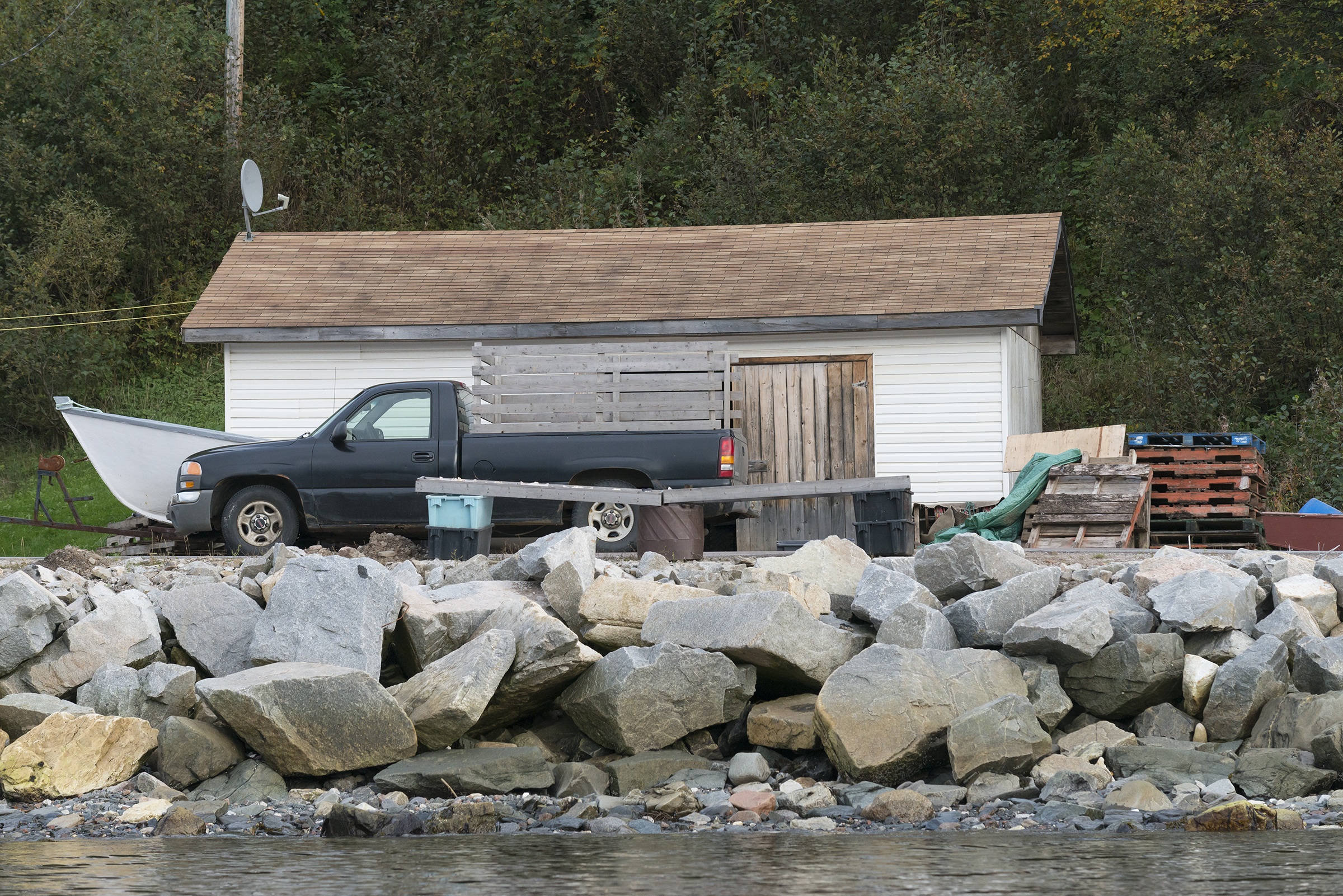As the University of Virginia’s inaugural Ruffin Distinguished Artist-in-Residence, Los Angeles-based artist Cindy Bernard taught in the McIntire Department of Art’s distinguished majors program throughout the 2013-14 academic year.
Her residency now concludes with an exhibition, “Vinland: Recent Works by Cindy Bernard,” at The Fralin Museum of Art, running through Aug. 31. Jennifer Farrell, the museum’s curator of exhibitions and contemporary art, organized Bernard’s exhibition.
Funded by an endowment from the Peter B. and Adeline W. Ruffin Foundation, the artist-in-residence is an annual teaching position in the studio art program. The residency is one of the measures the University has taken in recent years to advance the arts, bringing influential national arts practitioners to Grounds to creatively interact in the classroom and the community.
Bernard’s exhibit is drawn from her trips to Newfoundland, accounts of her family’s links to the area and depictions of the region in literature and film. The work reflects her ongoing interest in memory, landscape, and family and social relationships.
In the exhibit, Bernard uses contemporary interviews and archival materials to reflect on her family’s history, the French Shore – an area along the north coast of Newfoundland frequented by fishermen since the early 16th century – and, in a larger sense, issues of migration and place.
A series of photographs depicts 26 structures that make up Beaches, a community settled by descendants of the Langford family who immigrated to Newfoundland from England in 1774, and eventually founded a sawmill in Brown’s Cove, a now-abandoned outpost.
An experimental documentary film presents conflicting versions of a shared family history, united through the absent but central character of “Aunt Sus,” a legendary figure and midwife in the French Shore who helped birth multiple generations.
Accompanying maps show shifting conceptions of physical and national borders, as well as local industries, such as fishing and lumber.
Bernard responds to legacies of displacement and industrialization by focusing on one of the area’s major exports, newsprint, and its journey from lumber gathered in remote areas of Newfoundland to newspapers produced on continents thousands of miles away.
The artist’s career spans nearly three decades. She is best known for photographs and projections that explore the relationship between cinema, memory and landscape, including the widely exhibited series, “Ask the Dust” (1988-92). Examples of her work can be found here.
Bernard has exhibited widely in the U.S., Canada, Mexico, Europe and Japan. Notable shows include the Whitney Biennial and the Lyon Biennial, as well as exhibitions and projects performed at venues such as the Los Angeles County Museum of Art and the Museum of Contemporary Art in Los Angeles, where several of her works are part of their collections.
Her works are in the collections of several other museums, including the Centre Pompidou, Paris; the Center for Creative Photography, University of Arizona; and the Nouveau Musée d’Art Contemporain, Lyon, France.
She has received grants and fellowships from organizations such as the J. Paul Getty Trust Fund for the Visual Arts, the Smithsonian American Art Museum New Media/New Century Award and the John Simon Guggenheim Memorial Foundation.
The Fralin Museum of Art’s programming is made possible by the support of The Joseph and Robert Cornell Memorial Foundation. The exhibition is made possible through the support of the Office of the Provost and the Vice Provost for the Arts, Arts$, Albemarle Magazine and Ivy Publications LLC’s Charlottesville Welcome Book.
Media Contact
Article Information
June 30, 2014
/content/cindy-bernard-culminates-ruffin-artist-residency-fralin-exhibit

